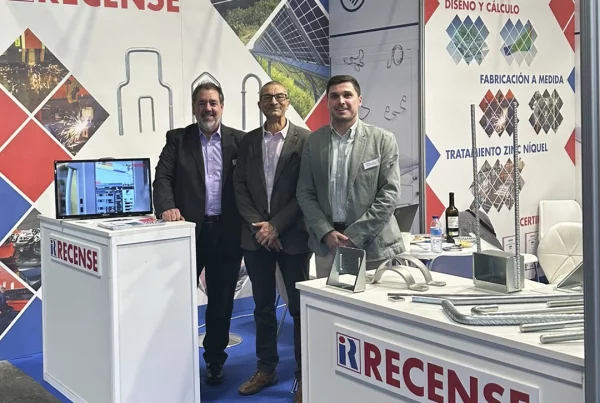At Recense, as we explained in the previous article on the benefits of industrialized construction, we have been committed to industrialized construction in precast concrete for years, through our fastening and lifting solutions with our partners Terwa and Btinnovation.
And today we are going to make a comparison between traditional construction and industrialized construction to better understand the differences and advantages offered by industrialized construction.
Main advantages of Industrialized Construction versus Traditional Construction
Value for money
Sometimes it is still thought that quality is at odds with the cost of housing. But this is not always the case. With modular construction, many costs are reduced, which implies a reduction in the price of housing.
Greater versatility for companies
Industrialized construction allows us to change the location of our building. Do we need to change the location of our company or home? Well, it would be possible to disassemble the building and assemble it in another place.
The investment generates a faster return
By greatly reducing the construction time, the profit we obtain from the sale or operation of the same is generated in a shorter period of time. Money flows at a faster rate.
More environmentally friendly and sustainable
By simplifying construction processes, the impact on the environment is also reduced. In addition, the materials used (such as concrete) are largely reusable and less harmful to the environment. And not only that, their energy efficiency is usually higher.
Need for less labor
With the automation of processes and the manufacturing of parts in the factory, the need for labor is drastically reduced (and so are costs).
Reduced noise pollution and more livable cities
In addition to reducing environmental impact, industrialized construction has a positive impact on noise reduction in cities, making them more livable spaces.
An advantage of traditional construction that in turn becomes a handicap.
One of the few advantages that traditional construction could offer is the possibility of changes during the process. However, this usually implies higher costs and consequently becomes a handicap.
So… why has modular construction not yet been widely implemented?
Despite the benefits of industrialized construction, resistance to change still persists in some countries, due to tradition and the fact that change sometimes takes time. In Europe, however, it already accounts for a significant share of total construction.












